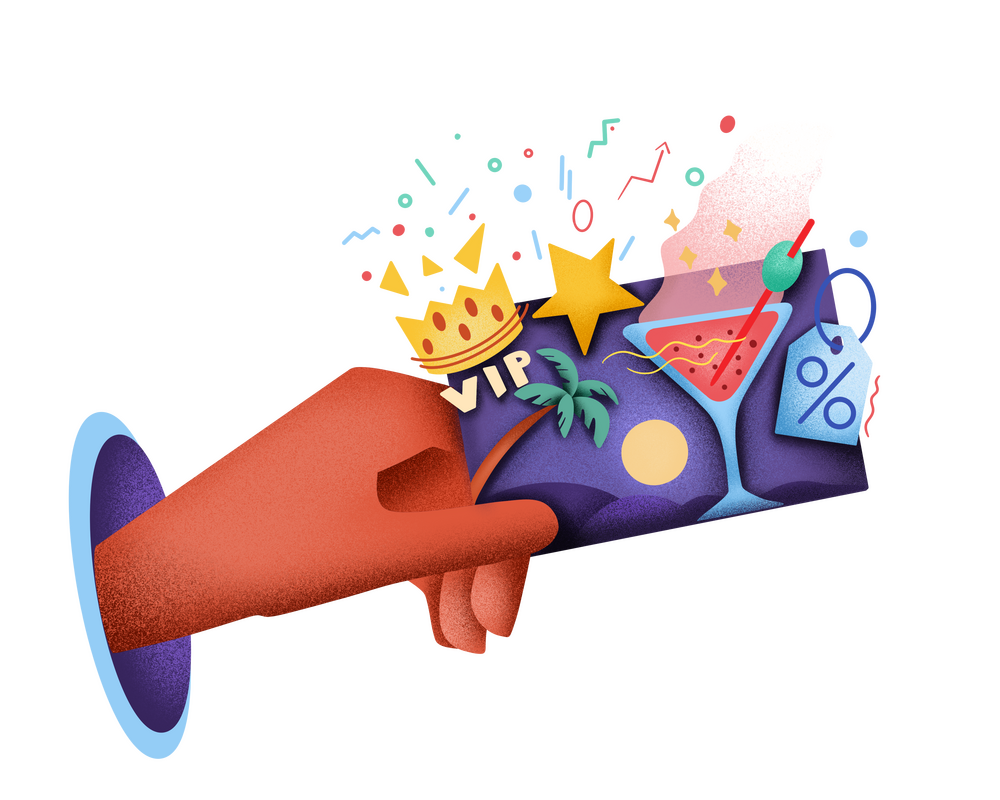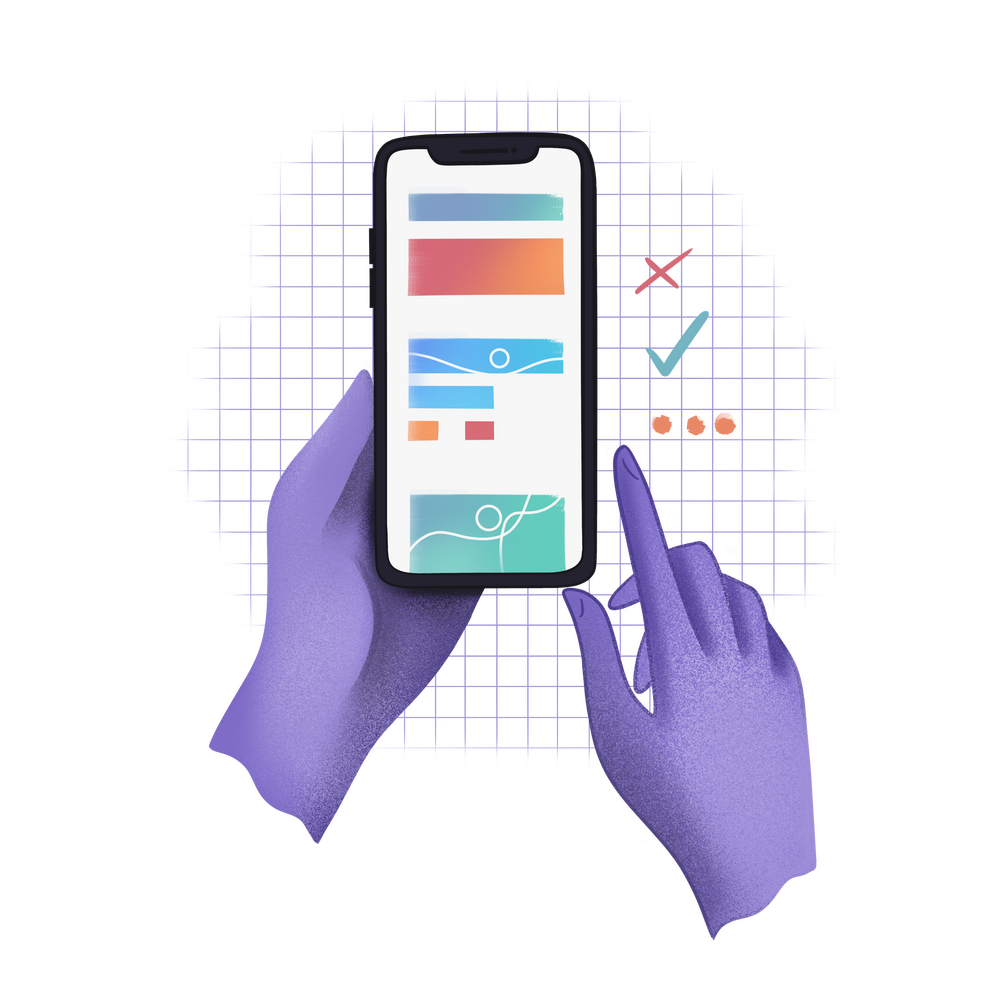Are you underestimating packaging as a marketing tool?
Dear Reader,
You’re cordially invited to our very fancy dinner party. Please bring a delicious bottle of wine to share. We look forward to tasting your selection!
Upon receiving this invitation, you probably respond one of two ways:
a) (in Frasier’s voice, because…of course) “Ah! That 2011 Chateau Beaucastel Chateauneuf-Du-Pape Hommage is sure to impress!”
or b) “Great, I made it to the wine aisle. Oo, cool label.” <adds to basket>
Sure, you might get clout as a bonafide wine connoisseur (and maybe you are – go you!) but it’s downright human to judge a book–er…wine by its label. We assume (consciously or otherwise) that thoughtfully produced, eye-catching design probably means thoughtfully produced, palate-catching product.
In 2016, Wine.net surveyed 2,000 people about their wine-buying habits. 82% of survey respondents admitted they chose their wine based on appearance, whether that was the look of the label or the bottle.
This does make the consumer in all of us think: Are brands onto us? (They are. The savvy ones, anyway.) Are we all just victims of brilliant marketing? (Yes.)
Even still – are there a lot of brands underestimating the power of packaging as a marketing tool?
You betcha. But are you one of them?
We’re obviously not a full-service wine agency*, but we do know a thing or two about creating and maintaining a compelling brand. (And refreshing as necessary!) Packaging is a major, major branding opportunity. So, without further ado – here’s how you might be missing out on the power of packaging, and how to make it right.
*...yet.
What is Packaging Design?
According to O’Reilly Media, packaging design is the connection of form, structure, materials, color, imagery, typography, and regulatory information with ancillary design elements to make a product suitable for marketing. <catches breath>
TL;DR, good packaging design makes form + function = sale.
Why is Packaging Important?
It Influences Purchase Decisions
According to Forbes, you have 8 seconds to capture a consumer’s attention. That’s no easy task, especially when your product might be on a shelf (or – yeesh – the whole damn internet) with similar goods from hundreds of other brands in your niche. Although wine is a popular instance where we judge a product by its packaging, packaging design is a marketing tool that can be used across all product categories and industries.
In a 2018 study done by Ipsos, 72% of Americans agreed that a product’s packaging design has an impact on their purchase decision, with young adults and parents being significantly more likely to be influenced by both design and materials used.
That influence doesn’t stop with brick-and-mortar, either. 40% of consumers are likely to make repeat purchases from an online merchant who uses premium packaging. There may be a few reasons behind this – for one, higher quality packaging generally means items are less likely to be damaged during transit, leading to a happier unboxing experience. For another, packaging may be the customer’s very first in-person brand experience with your company. (More on that in a moment.)
It Can Distinguish Your Product
You’re in the laundry aisle at your local supermarket and see a bright orange container with blue lettering. What’s the brand?
You’re almost certainly picturing a big ol’ bottle of Tide, right? In fact, we probably could have just said “laundry” and “bright orange” and that’s where your mind would go.
Tide has been using some form of their trademark design – bright orange container, accented with a yellow and orange bullseye and blue lettering – since they hit the market in 1946. Not only was Tide the first “heavy duty” laundry detergent to ever exist, but they were also the first company to package a product for national sale using such bright colors, further solidifying them as a standout in the laundry sector.
You don’t have to be the billion dollar brainchild of Procter & Gamble to leverage the power of packaging, either. 62-90% of consumers make their buying decision based on the color of packaging alone – and color is just one of many design elements that can differentiate your brand’s packaging from competitors. Using varying textures, unique materials, fonts, and graphics are all ways to create packaging that’s unique to your brand.
It Can Add to Your Brand Experience
“Unboxing” content has gained a lot of popularity on social media in recent years. Basically, an influencer purchases (or, more often, is sent) a box of products from a brand. Instead of popping the products out of the box and taking a nice photo or two, the influencer will actually open the box and sift through its contents, on camera.
A peculiar and self-indulgent practice? Maybe. But if you’re looking to connect packaging to the customer experience – it works. Some are even reporting that unboxing has been upgraded from a simple differentiator to a must-have in your marketing plan. Knock your customers’ socks off with clever, beautiful design and bind those qualities to your brand in their mind’s eye.
According to Dotcom Distribution’s 2021 E-Commerce Consumer Study, 40% of consumers will post photos on their social media accounts of products with uniquely branded packaging.
That means more exposure for brands who not only sell high-quality products, but also know – sometimes – it’s what’s on the outside that counts.
It Can Build Trust
They say trust is everything in a relationship. It’s no different when you’re building relationships between consumers and your brand, and with Millennials and Gen Z holding the lion’s share of buying power these days, you have almost zero chance of earning buyer trust if you aren’t prioritizing transparency and authenticity. (We really…really…like authenticity.) In fact, 73% of consumers are willing to pay more for a product that promises total transparency.
Yes. OK. Very authenticity. But what does that have to do with packaging?
Every time a customer interacts with your brand, it’s an opportunity to build trust.
(And, FWIW, strictly eCommerce brands generally have fewer of those touch points than in-store retail brands, so what comes after the click is even more important for our online-only friends. Even Shopify agrees.)
Opening that box is an interaction, so the way that experience makes the customer feel definitely matters. Does the quality of the packaging match the caliber of your products? If you’re an openly sustainably-minded brand, are you using packaging materials that reflect that? The way you package your goods is an extension of your authentic (brand) self, so make sure it’s not just beautiful, but also 100% you.
The Future of Packaging
What do we have to look forward to in the wonderful world of packaging? Let’s get those brain juices flowing.
Interactive Packaging
Augmented reality (“AR”) has long made waves in the world of marketing and, most recently, has landed in the world of packaging.
Consumer packaged goods brands, specifically, have been taking advantage of this new technology. Major brands like Pepsi have launched international campaigns featuring QR codes that bring soccer players to your backyard, while 1800 Tequila’s bottle design collaboration with Spanish artist Okuda San Miguel created an immersive art experience accessed on Snapchat via a code on the bottle.
Sustainability
The pandemic has changed the way people shop, with digital sales spiking by 71% in the second quarter of 2020. The increase in online shopping came with an increase in wasteful packaging, including non-recyclable plastics and padded mailers.
Packaging is one of the easiest ways to appeal not just to the planet, but to the people buying from you. Whether you’re incentivizing your customers to recycle or replacing plastic packaging with compostable (or even dissolvable!) materials, an earnest effort at sustainability is sure to catch the attention of shoppers (and keep it), since sustainability practices are the second-most cited reason customers return to a brand.
Personalization
Coca-cola’s “Share a Coke” campaign showed the world the power of personalization in a way not previously explored on such a wide level. Starting in Australia in 2011, most soda drinkers could go to their nearest store and find their name on a bottle of Coke, right where the signature Coca-Cola branding had always been.
The data says it all; targeting customers on an individual level never fails to increase sales. 80% of consumers are more likely to make a purchase from a brand that provides personalized experiences, with 90% of consumers finding personalization in marketing very or somewhat appealing.
OK, if it’s so popular, why isn’t…everyone doing it?
Well…they are; they just aren’t doing a great job of it. 36% of shoppers want better personalization, leaving a huge hole of opportunity for brands.
Does that mean splashing your customers’ names across all of your products? Probably not. There are myriad ways to ensure a personalized experience, but a bit of custom-tailored packaging might be a great start. 😉
What Should You Be Considering When Thinking About Your Packaging?
When you’re thinking about revamping your packaging experience, there are several elements to consider:
-
- The…actual packaging (duh) – bottles, blister packs, labels, boxes, etc.
- Containment boxes, if you typically ship groups of items, like our friends at Bright Box
- External shipping containers, like boxes, bubble mailers, etc.
- Packing materials, like paper, peanuts, and bubble wrap
- Supplementary info or extra goodies: how-to guides, stickers, and other little add-ons that make the unboxing experience just a little bit more special
In an ideal world, you’d be able to go all-in on everything, but tragically, that is not how budgets work. If you have to choose, consider investing in actual item packaging before anything else, especially if it’s something that the customer is likely going to see repeatedly while using your product (i.e. a label or a bottle).
When it comes to sustainability, packaging materials are often the worst offenders. If eco-friendliness is one of your brand values, it might be best to put your money where your mouth is and spring for packaging with the least impact.
For a little bit of inspo, check out some of our favorite examples of stellar packaging:
-
- The Farmer’s Dog uses cornstarch-based insulation that dissolves in hot water (it’s really fun)
- LitJoy Crate carries the branded experience through to their box design with beautiful custom artwork
- The Farmer’s Dog uses cornstarch-based insulation that dissolves in hot water (it’s really fun)
Need help perfecting your packaging?
Come say hello and we’ll help you get started. (No fancy wine required.)

















